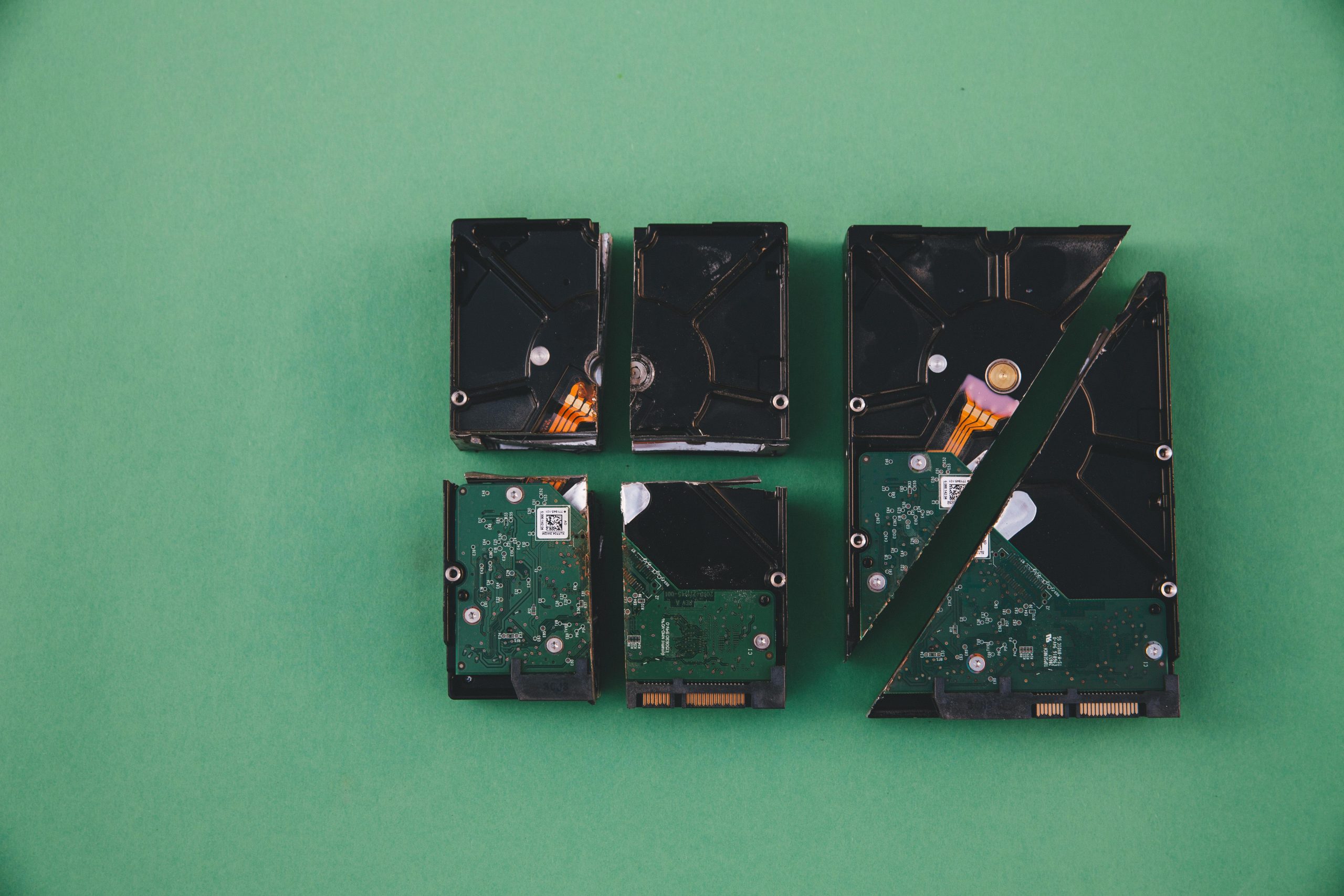Understanding and Resolving Unexpected System Restarts During Idle Periods: A Case Study
Introduction
Frequent unexpected system restarts can be a frustrating challenge for PC users, often signaling underlying hardware or software issues. In this article, we’ll examine a detailed case study of a user’s experience with random restarts characterized by Kernel-Power Event ID 41 (63). We’ll explore the symptoms, diagnostics, and effective troubleshooting steps to address this type of problem, providing valuable insights for both casual enthusiasts and professional technicians.
Case Overview
The user reports their Windows 10 machine experiencing spontaneous restarts without a Blue Screen of Death (BSOD). The sequence involves a brief one-second freeze, followed by loss of all lighting and fan activity, after which the system reboots to the login screen. Event logs indicate Event ID 6008 (unexpected shutdown) and Event ID 1101 (system shutdown). Occasionally, the WHEA-Logger Event ID 18 appears hours before or after these incidents, suggesting possible hardware or stability issues.
Notably, these crashes occur only when the system is idle—without any active applications or games running. Running graphical applications such as World of Warcraft or even keeping the login screen open temporarily prevents the system from restarting. Conversely, typical activities like streaming videos, downloading files, or using communication apps induce crashes at random intervals, from 30 seconds to half an hour.
Hardware and System Specifications
- Operating System: Windows 10 Home 64-bit
- Processor: AMD Ryzen 9 5900X (12-core, 3.7 GHz)
- Memory: 32GB Corsair Vengeance RGB PRO DDR4-3200
- Power Supply: Corsair RM850X
- Storage Devices:
- 1TB Intel 660P PCIe M.2 SSD
- 4TB Crucial P3 Plus PCIe 4.0 NVMe SSD
- Graphics Card: EVGA RTX 3080 XC3 Ultra Black
- Motherboard: ASUS ROG STRIX B550-E (BIOS version 3607)
- Monitors: ASUS ROG and Alienware AW2725QF
Diagnostics and Troubleshooting Efforts
The user has undertaken an extensive array of diagnostic measures:
- Firmware and driver updates
- System restoration to a date prior to issue onset
- Reverting Windows updates and GPU drivers
- Running cleanup tools such as CCleaner
- Comprehensive malware scans with Malwarebytes
- Physical cleaning
Share this content:

